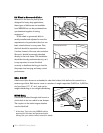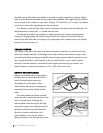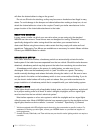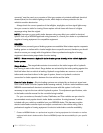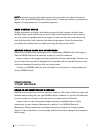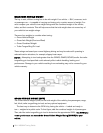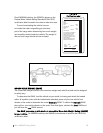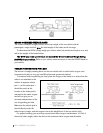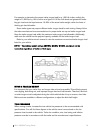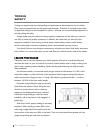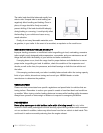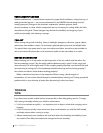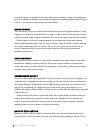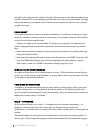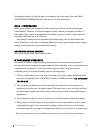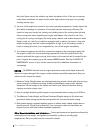
2011 NISSAN Towing Guide
14
For example, to determine the proper trailer tongue load for a 1,500-lb. trailer, multiply the
weight of 1,500 lbs. by 10% to arrive at a figure of 150 lbs. 5th wheel and gooseneck trailer
king pin load must be kept between 15-25% of the actual trailer weight, within the limits of
the king pin load allowable.
Some trailer types may require different trailer tongue loads for safe towing. Always follow
the trailer manufacturer’s recommendations for proper trailer set-up and trailer tongue load.
Keep the trailer tongue load within the maximum trailer tongue load allowable. Additionally,
make sure the vehicle has the payload capacity available for the trailer tongue load.
Refer to your vehicle owner’s manual to view the maximum conventional trailer tongue load
listed for your vehicle.
NOTE – The vehicle weight ratings (GVWR, GAWR, GCWR, etc.) must not be
exceeded, regardless of trailer or hitch type.
HITCH & TRAILER HEIGHT
It is important that your trailer floor and tongue ride as level as possible. This will help prevent
over-angling, bottoming-out, and improper tongue load and load transfer. Therefore, the hitch
or trailer tongue must be adjusted during the initial vehicle/trailer fit-up to ensure a level ride.
Ball mounts are available in different configurations to adjust the hitch ball height.
TIRE PRESSURE
When towing a trailer, increase the tow vehicle tire pressures to the recommended cold
specifications. You will find these figures in the vehicle owner’s manual and on the tire
pressure chart located in the vehicle. Trailer tire condition, size, load rating, and inflation
pressure must be in accordance with the trailer and tire manufacturer’s specifications.



